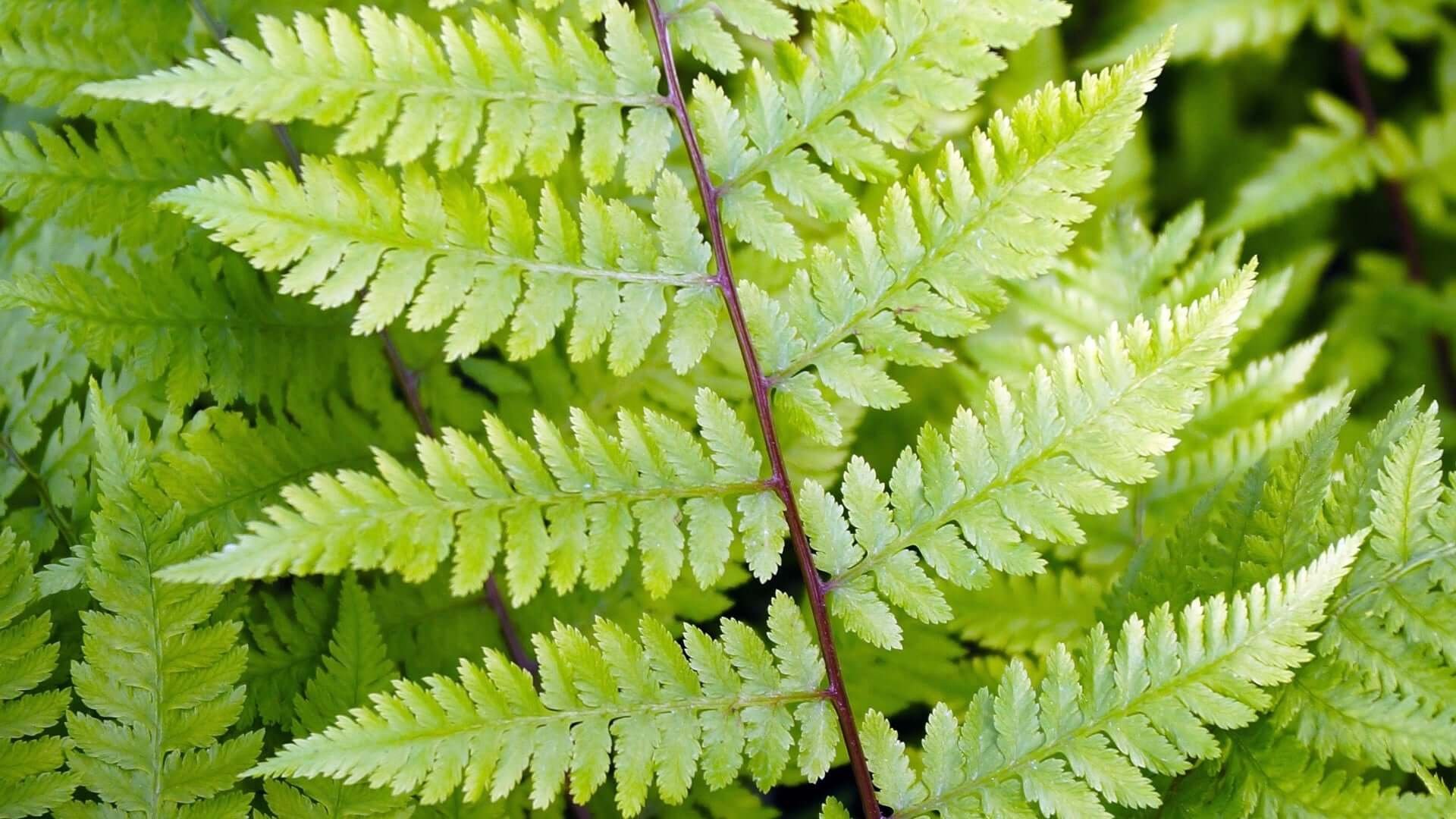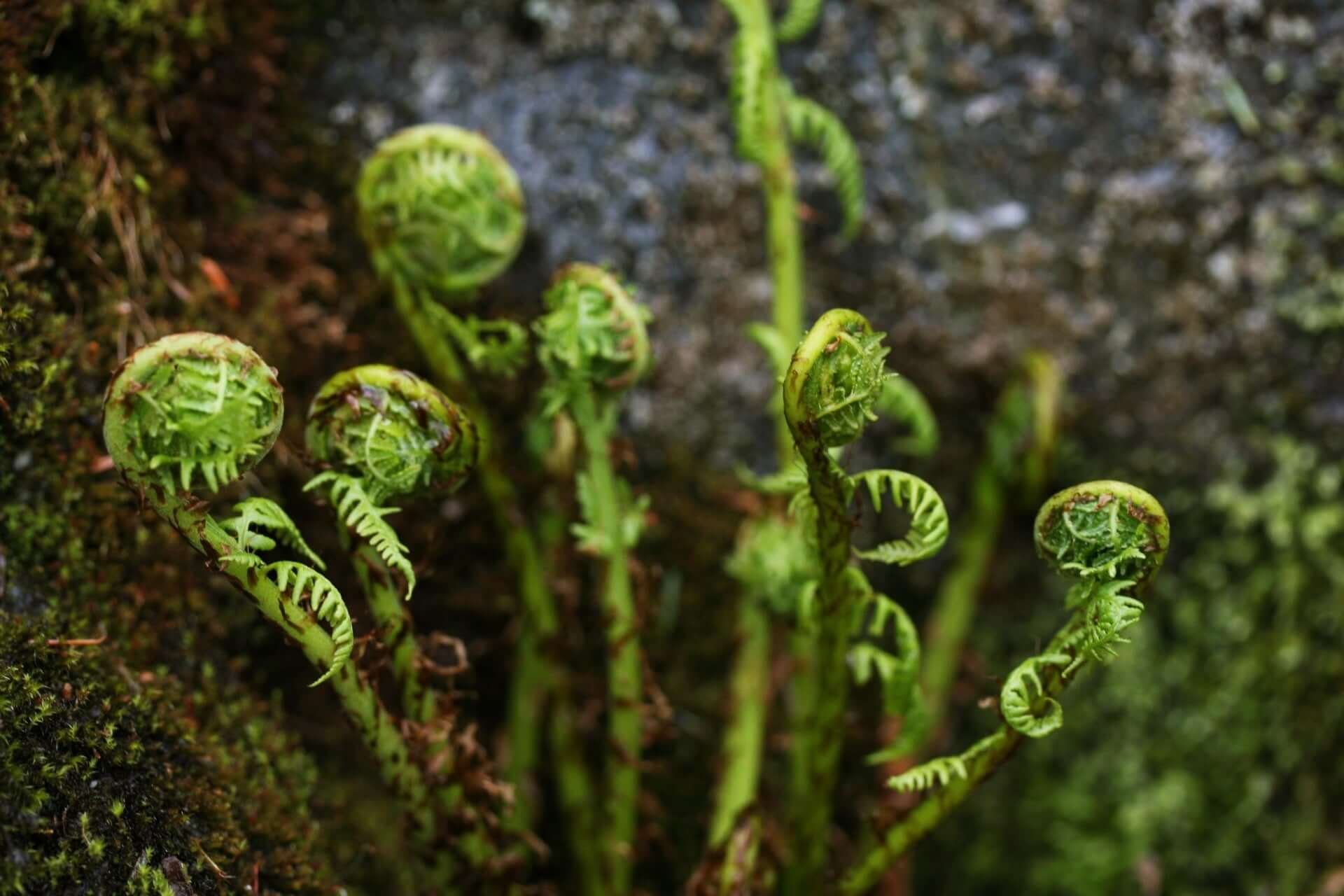Fiddlehead ferns are one of the most delightful plants to grow in a garden. Their unmistakable, coiled fronds add a unique texture to any garden space, offering aesthetic appeal and culinary value for those who appreciate a farm-to-table experience. These tender, unfurling young ferns are often celebrated for their bright, verdant appearance and are prized in many kitchens as a springtime delicacy. As they awaken from dormancy, their curling heads symbolize new beginnings, inviting gardeners and foragers alike to appreciate their beauty and utility. But where can you get these elusive ferns, and how do you nurture them for the best results?
Where can I get fiddlehead ferns?
Fiddlehead ferns are typically found in specialized plant nurseries and garden centers, especially those focusing on native or woodland plants. Many online plant nurseries also offer fiddlehead ferns, making them accessible to gardeners across different regions. The availability of these ferns may vary based on the season, as their delicate shoots are most commonly harvested in the early spring when they are just beginning to unfurl. When purchasing fiddlehead ferns, look for nurseries specializing in organic or native plants, as these sources are more likely to offer healthy, well-cared-for specimens. Additionally, some nurseries may carry edible species, such as the Ostrich fern, renowned for its culinary use.
Local farmers' markets, especially where fiddlehead ferns grow wild, can also be a treasure trove for finding these plants. For those who prefer to forage, fiddlehead ferns can be discovered in damp, shady woodlands. However, it's crucial to know the local environment and ensure the species you collect are safe for consumption. If you're buying for culinary purposes, research whether the species you're purchasing is the Ostrich fern variety, as not all ferns are edible.
How much do fiddlehead ferns cost?
The price of fiddlehead ferns can vary greatly depending on the source and whether you're purchasing them for planting or culinary use. When buying them as a plant from a nursery, you can expect to pay around $10 to $25 per plant, depending on the size and maturity of the fern. Larger, more established plants may command a higher price, as they are already further along in their growth cycle and will likely produce fiddleheads sooner.
If you're interested in buying fiddlehead ferns for cooking, fresh fiddleheads harvested for culinary use can be found at local markets or specialty grocers in the spring. The price for fresh fiddlehead ferns is usually around $15 to $20 per pound, although this can increase based on regional demand and availability. They are considered a delicacy, and their short season can make them a bit pricey, but many believe the investment is worth it for the distinct flavor they bring to dishes. Some online retailers also offer frozen fiddleheads, allowing you to enjoy their taste beyond the typical spring season.
Can you grow your fiddleheads?
You can grow your fiddlehead ferns; it's a rewarding experience for many gardeners. It gives you the pleasure of watching the intricate fronds unfurl in your garden each year and offers the chance to harvest a fresh, nutritious addition to your meals. The most popular species for growing fiddleheads is the Ostrich fern (Matteuccia struthiopteris), which thrives in temperate climates, particularly in moist, shaded areas.

Growing your fiddlehead ferns starts with choosing the right spot in your garden. These ferns prefer areas that mimic their natural woodland habitat, so look for a location with rich, well-drained soil that stays consistently moist. They flourish in shade, ideal for spots under trees or along the north side of buildings where other sun-loving plants might struggle.
Once planted, fiddlehead ferns are relatively low-maintenance. They require consistent watering, especially in the summer heat, but otherwise, they are resilient and self-sufficient. Over time, as the plants mature, they will spread, creating a lush fern patch that can be aesthetically pleasing and practical. It's essential, however, to harvest fiddleheads with care. Only a few shoots should be taken from each plant to ensure the fern continues to grow and thrive. By harvesting responsibly, you can enjoy fresh fiddleheads each spring for years.
How fast do fiddleheads grow?
Fiddlehead ferns are relatively fast-growing, particularly in the right conditions. In the early spring, the first signs of the coiled fiddleheads will appear, often pushing through the soil as soon as the ground thaws. From this point, they can grow quite rapidly, with some shoots growing several inches over a few days.
The initial growth of the fiddlehead is swift because the plant is emerging from a period of dormancy and tapping into stored energy reserves. Once the fiddlehead has unfurled into a mature frond, the growth rate slows as the plant transitions to focusing on photosynthesis and overall health for the growing season. In ideal conditions, you can expect mature fronds within two to three weeks of the first fiddleheads appearing. Remember that the growth rate can vary based on soil quality, moisture levels, and light exposure.
Because fiddlehead ferns are perennial, they return year after year, with each season bringing more robust growth as the plants become established. With minimal care, you can enjoy their unique presence in your garden for many years, creating a tranquil, naturalized space that thrives in shady, quiet corners.
In conclusion, fiddlehead ferns are a beautiful and functional addition to any garden. Whether you're seeking to cultivate your own or appreciate their delicate curls in the wild, they bring a sense of woodland serenity to the spaces they inhabit. From their rapid growth to their culinary appeal, there's no shortage of reasons to add fiddlehead ferns to your gardening wish list.
Read more

hristmas ferns bring a sense of enduring beauty to shaded gardens, with their evergreen fronds adding color and texture year-round. They are a reliable, low-maintenance option for anyone looking to...

Lady Fern is a versatile, low-maintenance, and elegant addition to any shaded garden. Its preference for filtered light, rich organic soil, and consistent moisture makes it an ideal choice for wood...



